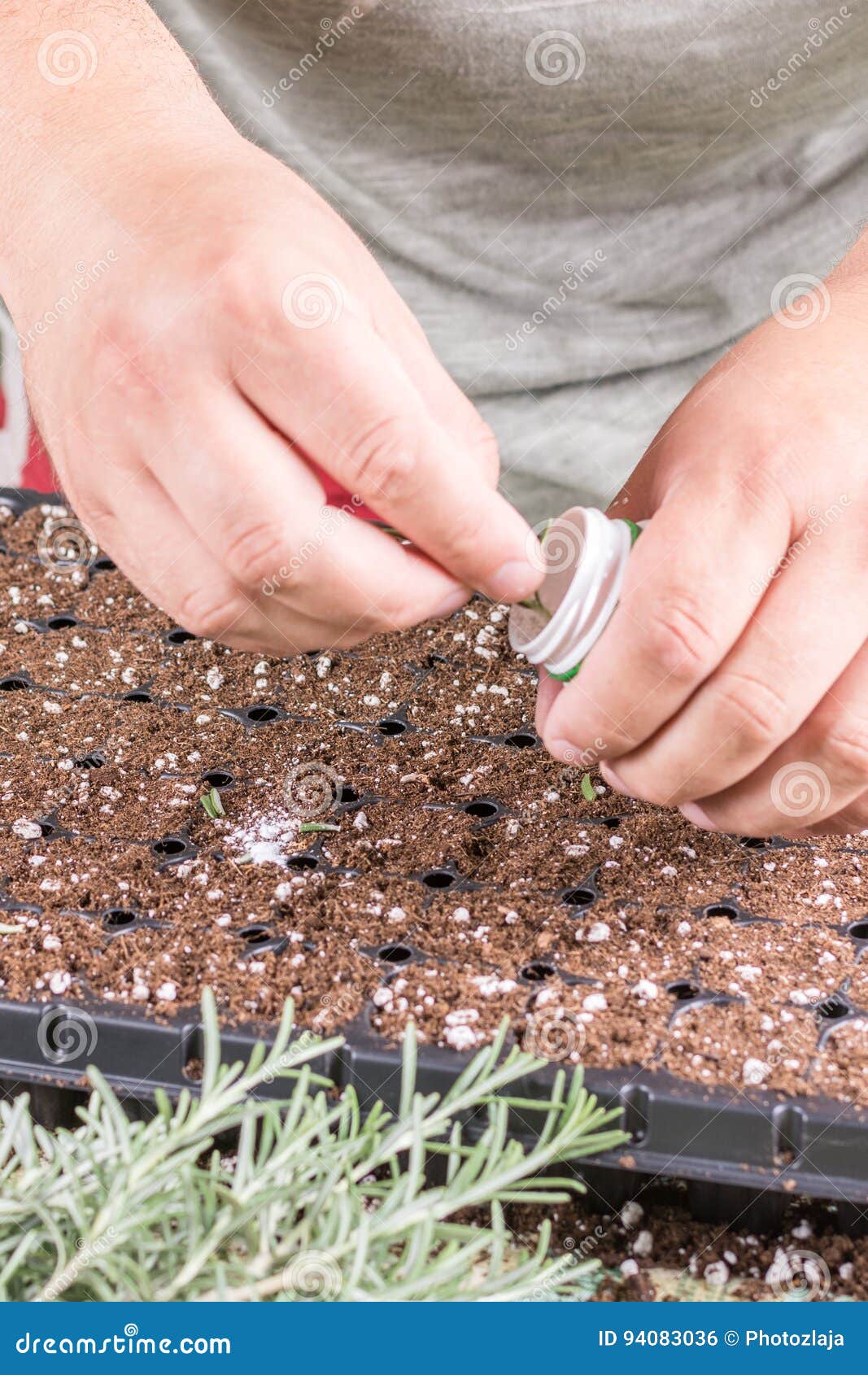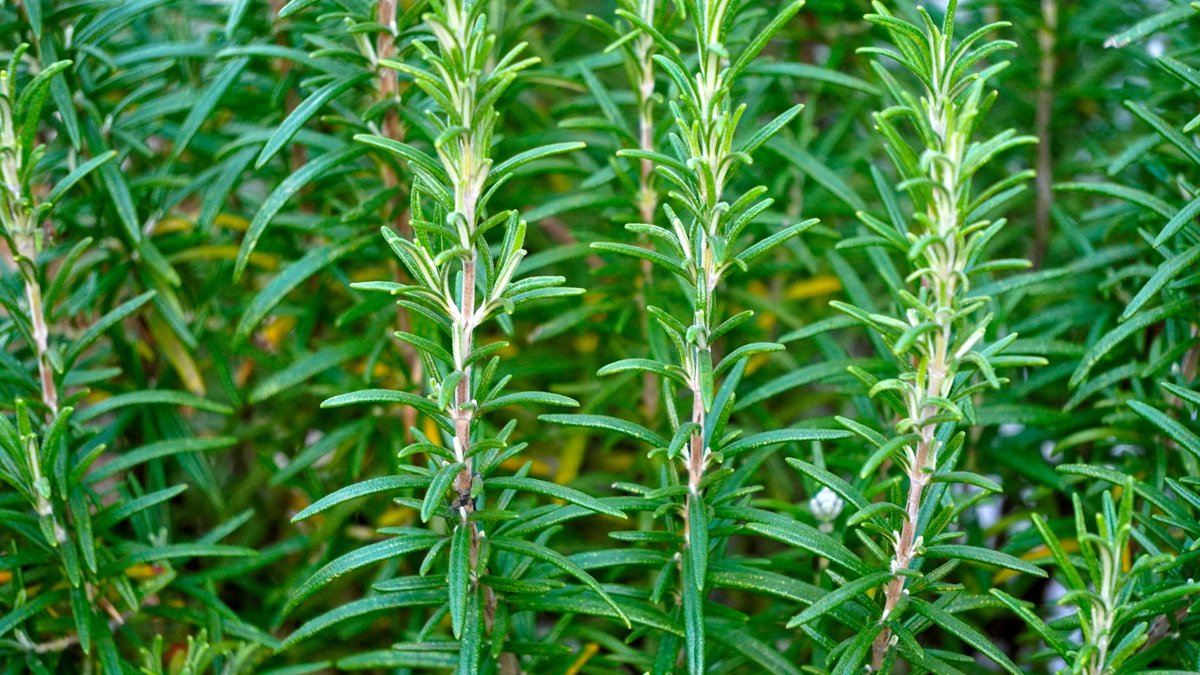
So, it’s best to wait until all chance of frost has passed before planting it into your garden. Rosemary planted in a pot When To Plant Rosemary This variety is more commonly found trailing from terraced and raised beds, or as a ground cover in the garden.

They can be sold under several different names, but the characteristics described below should help you distinguish between the two. Both varieties can be used as a culinary herb, as well as for decorative foliage. In general, there are two types of rosemary you can grow: upright and creeping. Tough all parts of the plant are technically edible, we usually only eat the leaves and tender new shoots (sprigs) that form at the tips of the branches. Fortunately, it makes a lovely and very fragrant indoor plant. The rest of us must grow it as an annual or overwinter it indoors in order to enjoy the fresh flavor in winter dishes. This temperate specimen is hardy in growing zones 7 through 10, which means only a small portion of the southern US can leave it outdoors year-round. HardinessĪll types of rosemary are evergreen perennial plants that can live for many years in the right climate. In fact, it’s commonly used as a border shrub in warmer areas, where it stays evergreen year round. Northern gardeners might be surprised to learn that it can live for many years. Rosemary (Salvia rosmarinus) is a perennial herb that is native to the Mediterranean, and a member of the mint family. General purpose plant food in spring and summer Yellowing of the lower foliage is an early indication that it’s time to repot.Rosemary Plant Care Overview Scientific name:Īllow soil to dry between waterings, do not overwater Rosemary plants are prone to becoming root bound and should be repotted at least once a year.

Once roots have developed, you can plant the cuttings as you would with any rosemary plant. Place the cuttings in a mixture of perlite and peat moss, spraying with water until roots begin to grow. Cut stems that are about 2 inches (5 cm.) long and remove leaves on the bottom two-thirds of the cutting.

Start new rosemary plants with cuttings from existing evergreen plants. Successfully growing rosemary plants from seeds comes only when the seeds are very fresh and when planted in optimum growing conditions. Rosemary plants are usually propagated by cuttings, as it can be tricky getting evergreen rosemary seeds to germinate. These can then be dried like any other herb by hanging tied bundles upside down in a cool, dry place. The general rule for trimming rosemary is not to take more than one-third of the plant at any time and make cuts just above a leaf joint. Snip sprigs just as you would when cutting back a houseplant, trimming rosemary once blooming has ceased. Most herbs thrive on being trimmed every now and then, especially those used for flavorings. Pruning rosemary will help make a bushier plant.

#Rosemary seedlings free#
Even indoors, rosemary plants will require lots of light, at least six hours, so place the plant in a suitable location free of drafts. Thoroughly water rosemary plants when the soil is dry to the touch but allow the plants to dry out between watering intervals. These pots allow the plant to dry out faster. Rosemary prefers to remain somewhat on the dry side therefore, terra cotta pots are a good choice when selecting suitable containers. (-1 C.), it’s often better when growing rosemary plants to put them in containers, which can be placed in the ground and easily moved indoors during winter. Since rosemary cannot withstand winters below 30 F. These plants thrive in warm, humid environments and cannot take extremely cold temperatures. When growing rosemary plants, provide them with well-drained, sandy soil and at least six to eight hours of sunlight. The scientific name for rosemary plant is Rosmarinus officinalis, which translates to “mist of the sea,” as its gray-green foliage is thought to resemble mist against the sea cliffs of the Mediterranean, where the plant originates. This beautiful herb, mostly used for seasoning dishes, is also commonly used as ornamental plantings in the landscape. The flowers of evergreen rosemary persist through spring and summer, filling the air with a nice piney fragrance. Evergreen rosemary is an attractive evergreen shrub with needle-like leaves and brilliant blue flowers.


 0 kommentar(er)
0 kommentar(er)
